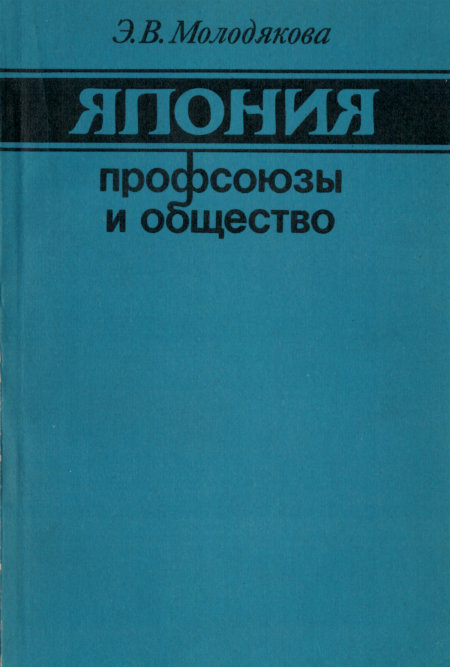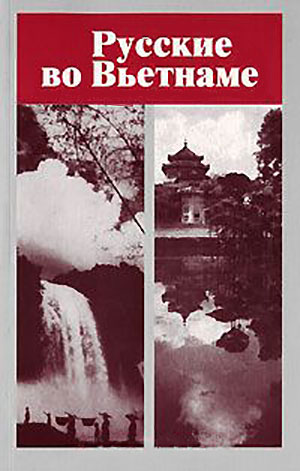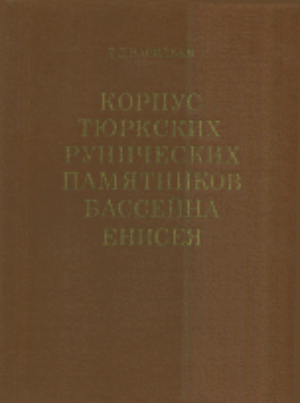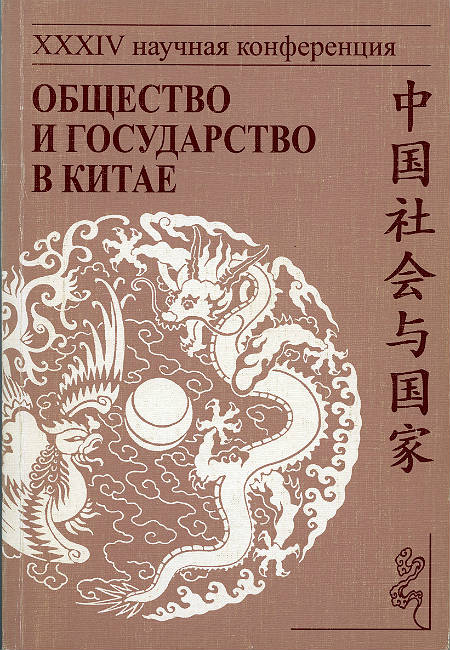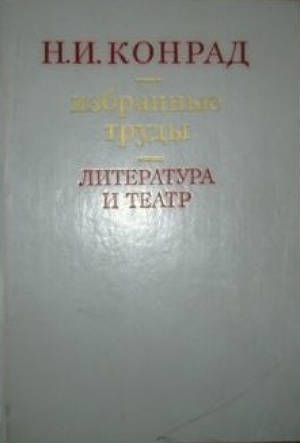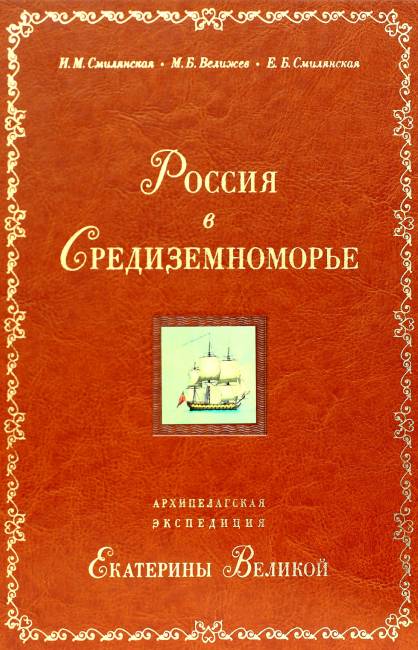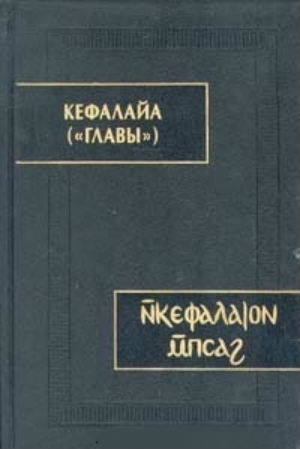Book
Кефалайа («Главы»). Коптский манихейский трактат
Translator: Smagina Eugenia
Москва, 1998, 512 p.
The theme of the present monograph is the translation and study of one of the longest and most important texts suviving from Coptic Manichaica – the treatise Kephalaia (Chapters or Principles). This treatise, composed probably in 4th or 5th century AD and conserved in the Coptic version (Sub-Achmimic or Lycopolitan dialect), contains the exegesis of main theses of the Manichaean doctrine. This teaching, born in the middle of the 3rd century in Mesopotamia, units some elements of the Gnosticism, early Christianity, heterodox Judaism, Sassanian Zoroastrism, some Hellenistic doctrines and Mesopotamian beliefs in an original and noncontradictory religious system.
The preface is devoted to the history of Manichaeism and its founder Mani, to the problems of provenience, original language and composition of the treatise Kephalaia.
Tha Russian translation of the edited part of the treatise (p. 3-291) is followed by the commentary to the text, the glossary with a detailed analysis of the main terms and topics, index and bibliography.
The literary form of the treatise is a dialogue between Mani and his pupils. The author concludes that tht treatise is divided into three principal sections, according to the contains of the teaching; this principle is formulated in one of the first chapters. The first part includes the exegesis on the Manichaean “theogony” and hierarchy of deities, the second part describes the cosmogony and cosmology, the third one presents interpretations of different anthropological and ethical problems. The beginning of the book (chapters 1-6) is built also on the arithmological basis: their titles contain numbers from 1 to 5.
The book is divided into chapters, based on two compositional principles, attested in the canonical and apocryphal Biblical literature – the catechesis and the number-parable. The author shows that there are some peculiarities in two kinds of chapters.
As for the provenience and original language of the treatise, there are no serious arguments that the book is composed in Egypt; it could be written in the East. Kephalaia is rather a literary genre than simply a title of the book; there are evidently several compositions of this kind in the Manichaean literature. Some Semitisms in the syntax and vocabulary permit to say that theoriginal text (or its principal sources) was evidently Aramaic. But the forms of the proper and geographical names show the existence of an intermediary Greek translation of the treatise.
Thoug the evidently Iranian character of many personages and myths, the primary origin of the Manichaeism is probably to be searched in a Gnostic doctrine, confessed by the Judaeo-Christian sect of Elchasaites of “baptists”, where Mani was educated in the early period of his life. The teaching of Mani is an attempt to reconcile the early Gnostic Christianity with the Zoroastrism and to create on this base a new universal religion.



